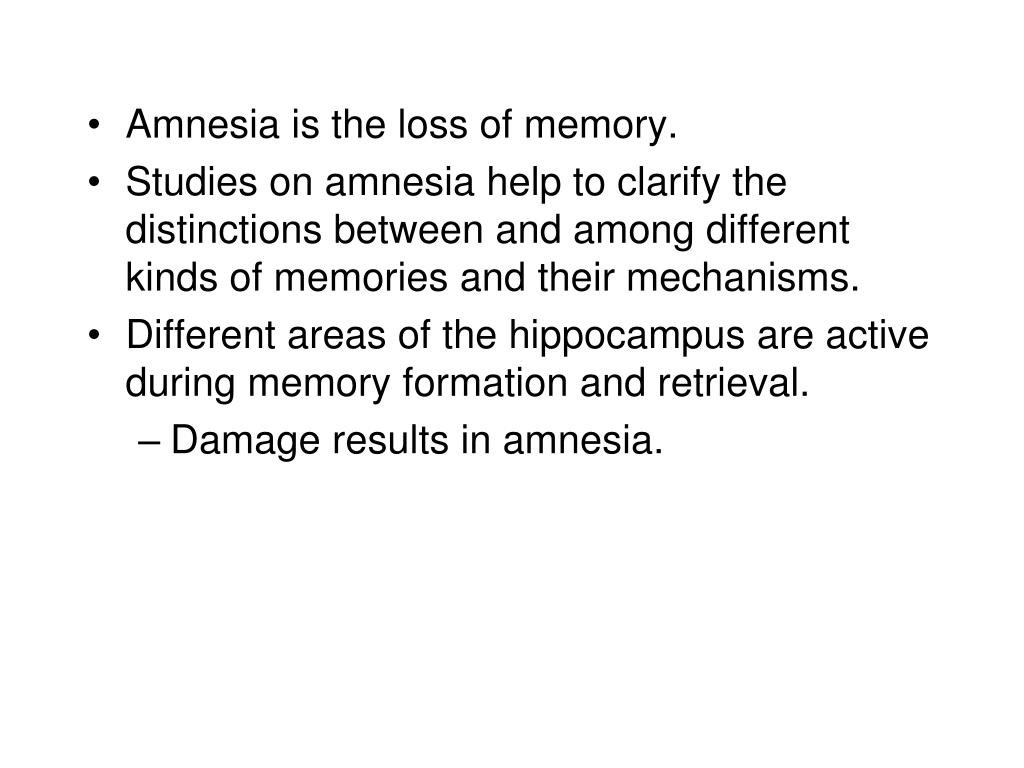

These are more common than epidural hematomas, occurring in about 30 percent of people with severe head trauma. Subdural hematomas appear between the dura and the surface of the brain.

Although uncommon (affecting only 0.5 percent of all head-injured individuals), epidural hematomas are a surgical emergency, and people with this type of injury must have the damage immediately repaired in the operating room. Because arteries bleed quickly, this type of injury can cause significant bleeding within the skull and require emergency surgery. Eighty percent are associated with skull fractures across an artery called the middle meningeal artery. These are usually caused by a direct impact injury that causes a forceful deformity of the skull. Epidural hematomasĮpidural hematomas occur between the skull and the dura. These conditions can be very serious and require emergency surgery. Bleeding may also raise the pressure inside the skull to the point that it shuts off the blood supply to the brain (as in an ischemic stroke. Too much shifting can damage the crucial brain stem. (In this respect, a head injury can resemble a hemorrhagic stroke.) In these cases, the hematoma may compress the brain and shift it from its normal position. In all of the following types of hematomas, individuals are in danger if there is enough accumulating blood to press on the brain or other important structures within the skull. A collection of blood outside a vessel is called a hematoma. Injuries to the blood vessels within the skull may lead to the collecting of blood in abnormal places. In addition, these fractures are usually associated with severe injuries to the brain, blood vessels, and nerves, and repairing these structures may also be necessary. The fracture site is therefore vigorously cleaned and decontaminated before repair. These fractures therefore bring the possibility of infection from environmental debris. Depressed skull fractures are usually also treated surgically in order to restore normal anatomy and prevent damage to underlying tissues by bone fragments.Ĭompound fractures are a special case since, by definition, there has been contact between the brain tissue and the outside air. In this case a surgical repair may be necessary to restore the bone to its normal position. Most linear fractures will not damage other structures unless the fractured bone becomes displaced and presses on the brain.

Treating skull fractures depends on the extent of damage to structures beneath the bone. In compound fractures, the trauma is severe enough to break the skin, bone, and The extent of the damage depends on what part of the brain the depressed skull overlies, as well as the nature of any associated injuries to other tissues. This is especially true for fractures of the bottom, or “base,” of the skull.ĭepressed skull fractures are those in which part of the bone presses on or into the brain. The concern with these fractures is that a force large enough to break the skull may have damaged the underlying brain or blood vessels. Linear fractures are simple “cracks” in the skull. Injuries to the Skullįractures of the skull can be divided into linear fractures, depressed fractures, and compound fractures. Depending on the nature and severity of their injuries, people may exhibit a very wide range of symptoms: from absolutely none to coma. Therefore, trauma to the head may damage the skull, the blood vessels, the nerves, the brain tissue itself, or all of the above. Within, and surrounding, the brain tissue and dura are many arteries, veins, and important nerves (the cranial nerves). Brain tissue is surrounded both by the skull and by a tough membrane called the dura, which is right next to the brain. Trauma to the head can produce many problems because so many components may be injured.


 0 kommentar(er)
0 kommentar(er)
